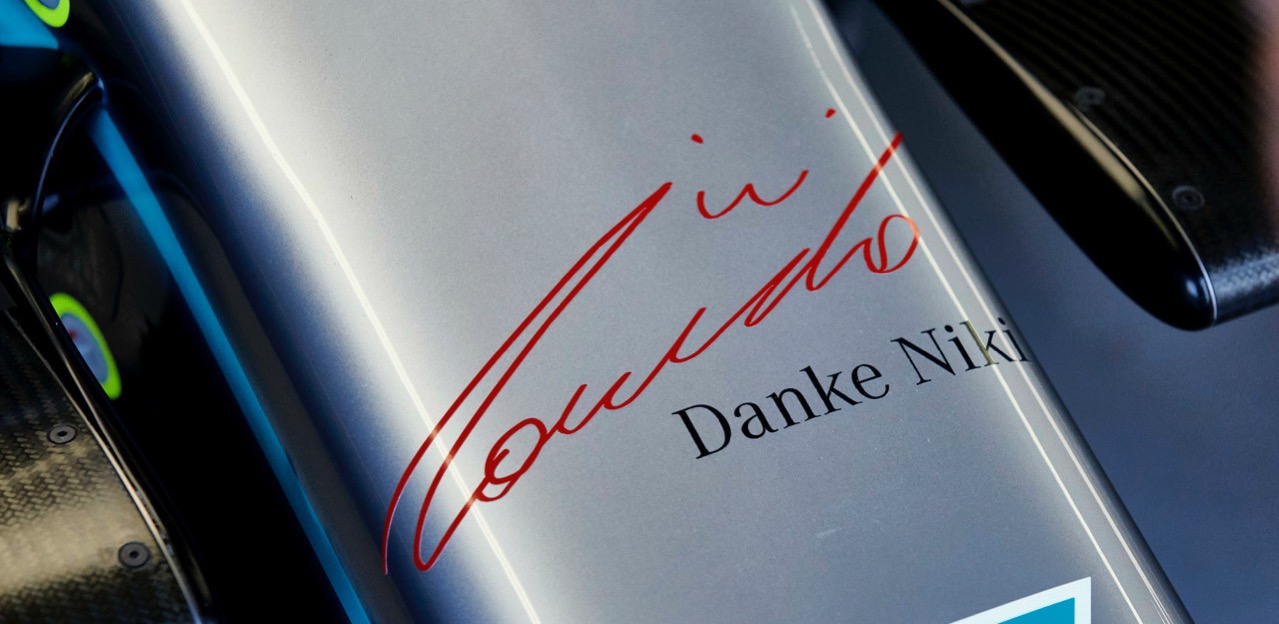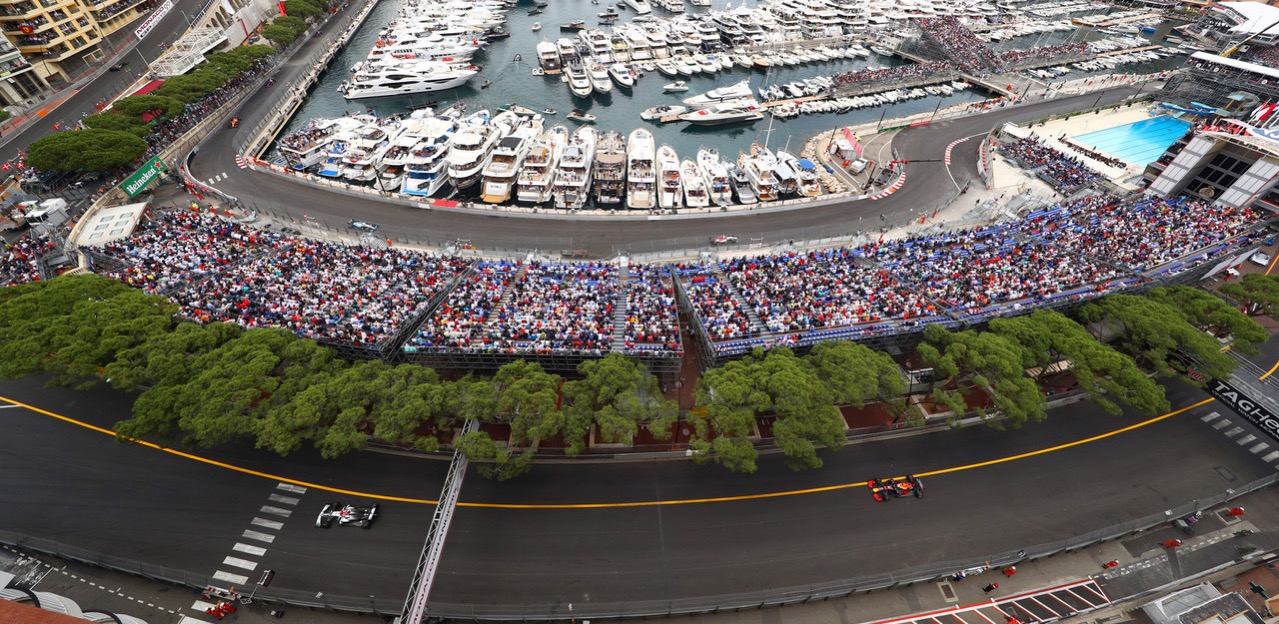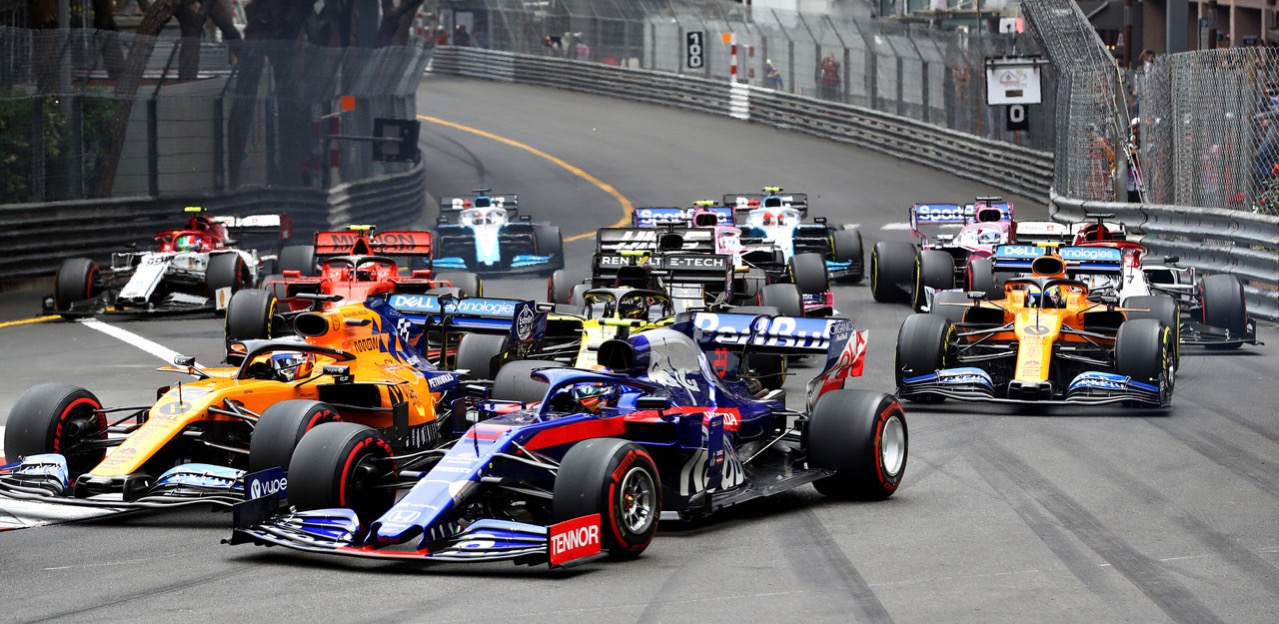

We’ll remember Hamilton’s 77th career victory as his nod to a race strategy his mentor Lauda demonstrated decades ago – winning at the slowest speed.
Wearing a helmet painted in Lauda’s colours, the Brit soaked up 67 laps of constant pressure from Verstappen after Hamilton’s Mercedes team fitted his W10 with Medium tyres, designed to last no more than 50-laps, during his only pit stop.

With Verstappen just car lengths behind and his front left tyre falling apart, Hamilton delivered a world-class drive that would have made Lauda proud. Mercedes team boss Toto Wolff, speaking to reporters, was quick to declare Hamilton’s performance was “worthy of Niki” after the chequered flag.
Verstappen held second place on the track but faced a five-second post-race penalty for an “unsafe release” incident with Hamilton’s teammate Valtteri Bottas in the pit lane earlier. Desperate to pass Hamilton and then try to increase his lead over pursuers Sebastian Vettel and Bottas in the final ten laps, Verstappen played his hand at the Nouvelle Chicane. He could only put his Red Bull’s nose alongside before his front wing endplate stabbed Hamilton’s left rear tyre. It was no harm – no foul, and Hamilton held on to his o.5 second lead until the checkered flag.

Verstappen’s time penalty meant he dropped from second on the track to fourth behind Vettel and Bottas. Red Bull’s Pierre Gasly took fifth place and the point for fastest lap. Carlos Sainz was sixth for McLaren ahead of Daniil Kvyat and Alex Albon, (both Toro Rosso), then Daniel Ricciardo in ninth (Renault) and Romain Grosjean (Haas) for the final point.
That also puts four Honda-powered cars in the top ten.
Monaco is an iconic F1 heritage track, using the same narrow city streets and tight turns from the 1920s. With this era’s long and wide race cars virtually filling the tight racing surfaces’ width, passing is nearly impossible. Therefore, the single overriding task in qualifying is getting track position. Further, the track is also notorious for getting faster with each racing lap, so teams need to position their drivers so they aren’t held up during a hot lap, and they are circulating as track speeds increase as more racing rubber is put down on the track surface.
While Lewis Hamilton’s Mercedes snatched the pole from teammate Bottas, chief opponent Ferrari was suffering. Max Verstappen was just a few microseconds behind the Mercedes duo, as Sebastian Vettel, fresh from hitting the Ste Devote wall in FP3, hit the pool complex outside barriers in Q1. Teammate Charles Leclerc was pushing hard for a top-three time and flat-spotted his first set of tyres at Rascasse, leaving him fourth fastest. Ferrari brought him in, but instead of fitting a second set of tyres, the team felt that Leclerc’s now sixth position with five minutes to go would be safe from elimination.

As drivers’ lap-times began to drop, Charles asked from his cockpit, ‘Should I go out, I think it’s a bit too marginal, we may be at risk,’ “said team principal Mattia Binotto later. “We replied, ‘No, we’ve got the data, and we believe that’s good enough.’ It ‘wasn’t.”
By sitting out the rest of Q1, Leclerc was eliminated. He dropped to 16th but would start 15th after additional penalties on Antonio Giovinazzi. And who delivered the speed that dropped him from Q2? Sebastian Vettel, coming back from his barrier-thumping episode. Vettel would qualify fourth behind Max Verstappen.

The start was text-book clean, with all drivers getting through the opening laps. That changed on Lap 11 when Charles Leclerc tangled with Nico Hulkenberg at La Rascasse, puncturing his right rear tyre. As he returned to his pit, Leclerc’s now shredded tyre first tore itself apart, and then the ripped remains tore sections out of the floor of the Ferrari, littering debris on the racing line and off. Leclerc retired, with the Safety Car deployed as workers swept up the carbon fibre shards.
Up front, Hamilton led teammate Bottas, and then Verstappen and Ferrari’s Sebastian Vettel. With 67 laps remaining, all four stopped for new tyres – the Mercedes duo went for Mediums, while Vettel and Verstappen took on Hards. In the scramble, Red Bull released Verstappen just in front of Bottas, squeezing the Finn into the guardrail and causing a puncture. Bottas rejoined in fourth place, and Verstappen received his five-second post-race penalty.

Twenty laps later, Hamilton’s front tyres began to wear heavily, and the Brit was on the radio telling his engineer declaring “we are going to lose this race”. The pleading did not Mercedes move the braintrust. Hamilton then regrouped, adapting his circuit management to a very Lauda-like style. He would stay as wide as possible at the Nouvelle Chicane and Loews and use his Mercedes’ power to exit Portier as fast as possible to hold off Verstappen in the tunnel. He would try to win at the slowest speed possible and in doing so would also create a miracle – his 50 lap-limited tyres survived for 67 laps.
In the end, Verstappen had only one shot at passing Hamilton – Lap 76. The Dutchman, looking for his mini-miracle, took a run on Hamilton under braking for the chicane, but could only bump Hamilton’s left rear with his front wing’s endplate. The final two laps ran down, with Hamilton ahead by just 0.5-seconds.

Hamilton’s victory means he now leads Bottas by 17 points after six Grands Prix rounds.
The next round will be the Canadian Grand Prix, June 7-9.
